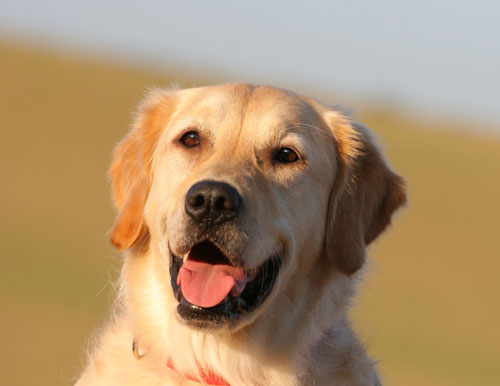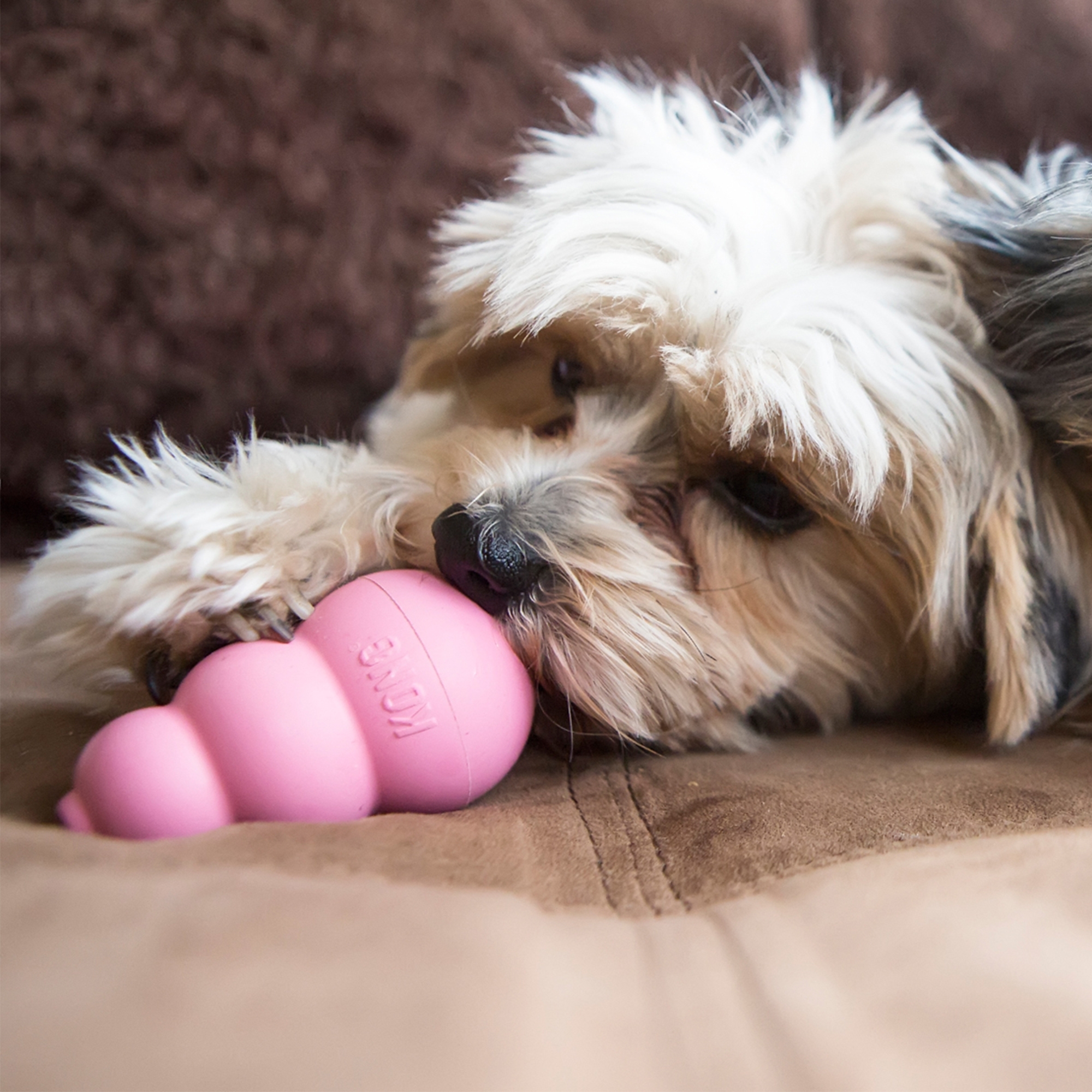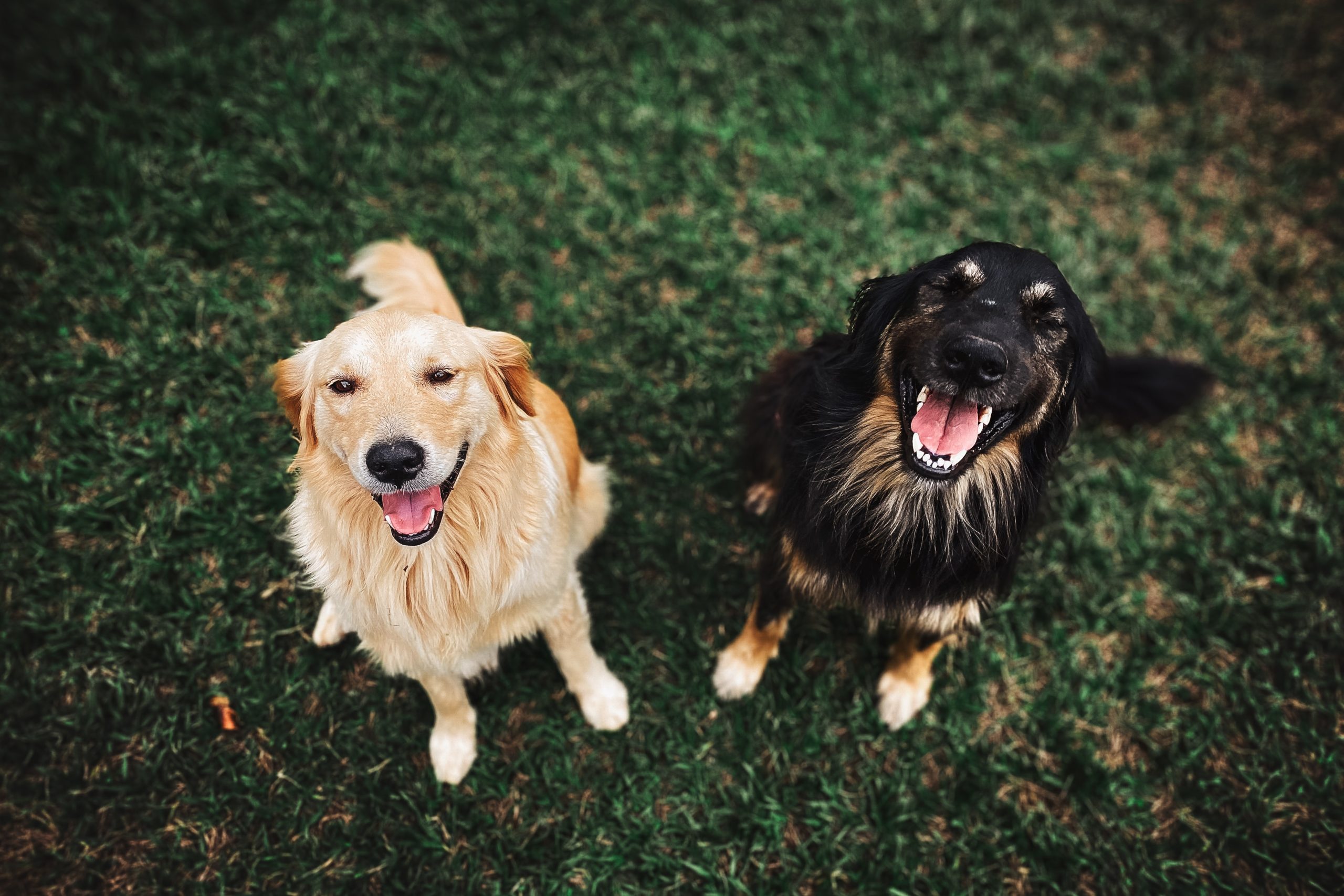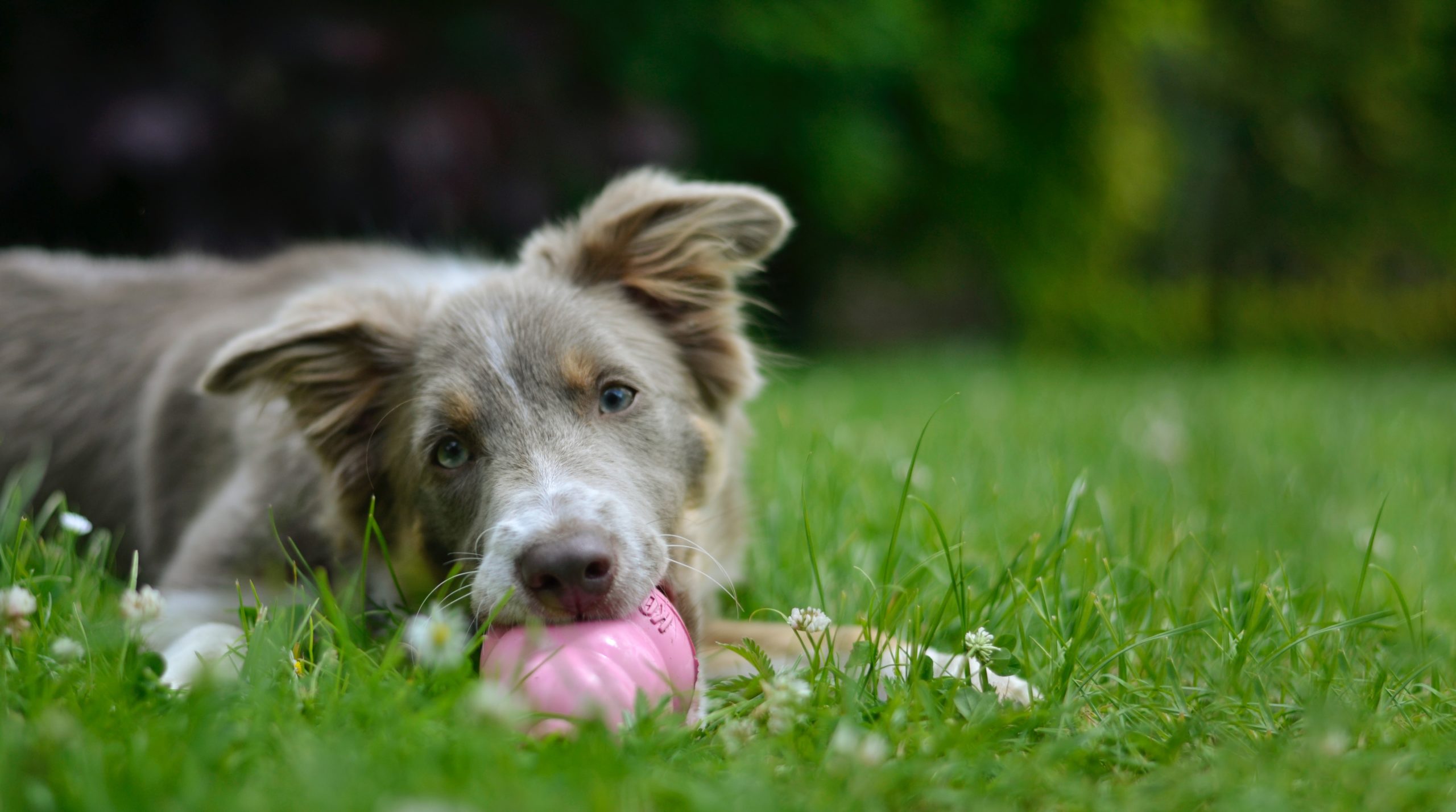People do not respond well to dogs that are overly excitable or disobedient. So, how can this behaviour be prevented and can an unruly dog be re-trained?
What defines an excitable or disobedient dog?
Puppy behaviour is often excitable and hyperactive, but this tends to diminish by 6-9 months of age. A dog beyond this age that cannot by controlled, does not respond to commands, and demonstrates unruly and rowdy behaviour, is too disobedient and excitable. Unfortunately, owners of these dogs do not relate well to them, as the only interaction they have with their dogs is negative. Puppies need training from a young age, and this training needs to be continually reinforced. This allows them to learn correct behaviour before they have developed bad habits.
Can dogs get Attention Deficit Disorder?
A behavioural specialist can diagnose this condition, and as with children, these dogs respond well to medication. However, most cases are overly energetic dogs that are not getting sufficient physical exercise, mental stimulation through obedience training, and/or are being accidentally rewarded when they act excitably.
How do I ensure my puppy doesn’t become an excitable or disobedient dog?
Plenty of exercise to burn off surplus energy and obedience training are necessary to prevent your puppy developing disobedient behaviour. Positive reinforcement is the key to training, rewarding correct behaviour with food treats or with praise and patting. With early training, excitable puppies can often have their behaviour channeled in the correct direction.
What is the role of punishment in training my dog?
There are problems with the use of punishment. When punishing unwanted behaviours linked to anxiety, such as a dog barking when left alone, the result may be an unwelcome and possible inhumane escalation in distress. Punishment may eventually lead to anxiety, fear of the owner and problems such as aggression or submissive urination. If a wrong association is created by punishment, the dog may learn to fear the owner or the area where it is trained.
If you are having problems with training your dog, seek the advice of your veterinarian or a local animal behaviourist/trainer. They will be able to assess your dog’s environment and situation and provide you with up to date, personalised methods to address unwanted behaviours.
What is accidental reinforcement of undesirable behaviour?
Giving attention to an attention-seeking dog reinforces his behaviour. Even shouting or physical discipline can further reward unruly behaviour. Letting a barking dog inside or going out to him teaches him that to be let inside or to get your attention, he needs to bark. The best way to deal with attention-seeking behaviour is to ignore the behaviour. Once the dog is calm and quiet, reward this desirable behaviour with attention or a treat.
Repeating a command is another problem. If you say “sit… sit… sit”, it teaches your dog that you need to say the command three times before he needs to obey. When you ask your dog to do something, be sure that you can get the dog to perform the behaviour. If you tell the dog to sit and he doesn’t, make him sit if possible, or walk away.
How do I retrain my excitable dog?
A head halter is an invaluable method of gaining control over your dog. Having gentle control of his head allows you to get your dog’s attention with him sitting facing you. As soon as the dog is sitting or begins to sit, the restraint is released and the dog is praised. Some head halters can be left on for longer periods, and a long lead can be left attached for control from a distance. As soon as the dog begins undesirable behaviour it can be interrupted and directed to sit, then praised for compliance. Once the dog responds to verbal commands, the head halter can be removed.
Not all halters are intended for long-term use, so ensure that you read the instructions that come with the halter and speak to your veterinarian or dog trainer if you any have questions about its use. Some halters come with an instructional DVD to show you how to use it correctly.
You may need to restructure situations so that the dog cannot engage in undesirable behaviour, such as denying access to some rooms, keeping the dog on a leash so it cannot run through the house, or to the door in case of visitors. Set up situations so that your dog can perform the correct behaviour, and therefore be rewarded. The prompt use of rewards is mandatory. Your dog needs to be able to associate the reward with his behaviour, so that it is reinforced.
Excitable dogs need an outlet for their abundant energy. Obedience lessons that use rewards and non-disciplinary techniques for control are recommended. Ask your veterinarian for a recommended trainer in your area. Also ensure that your dog’s exercise regime is sufficient for him; off-leash exercise is a good reward for an obedience session in your local park.




